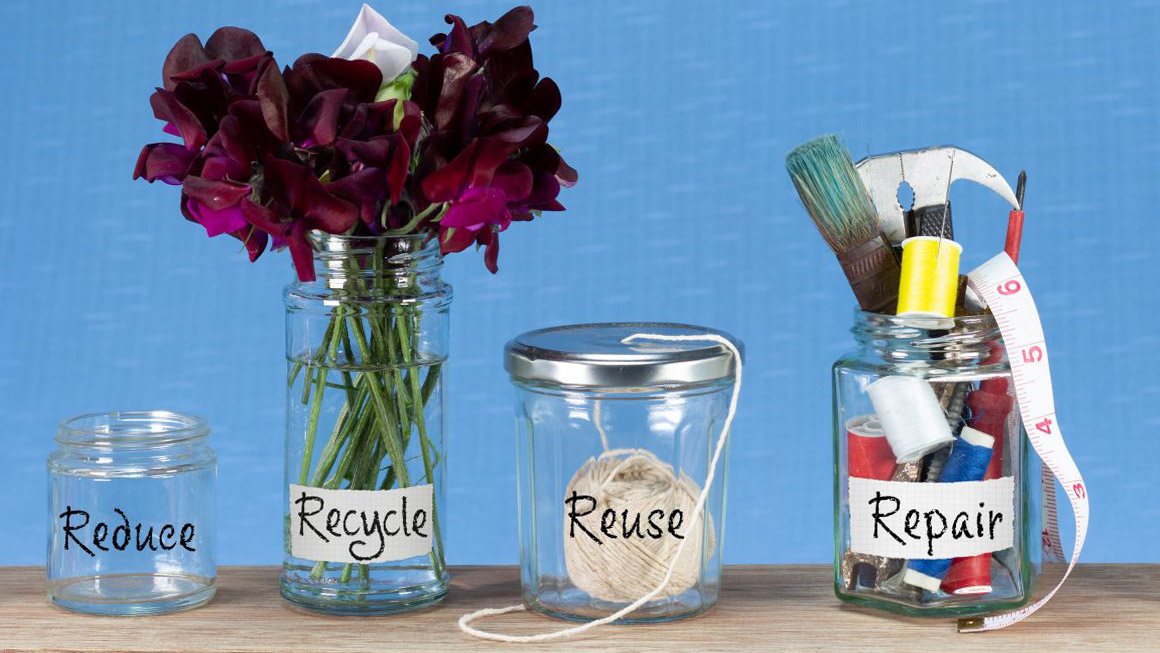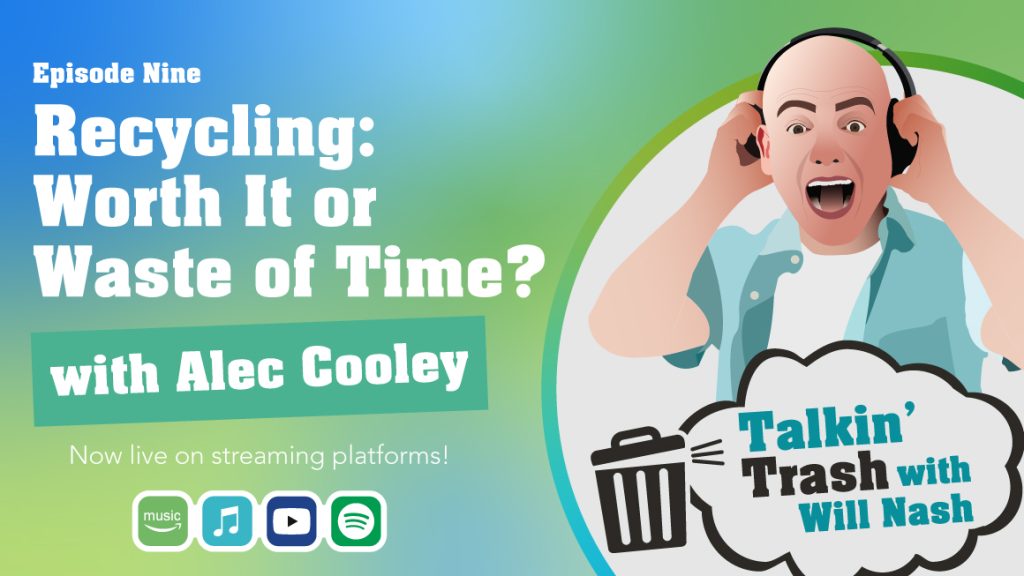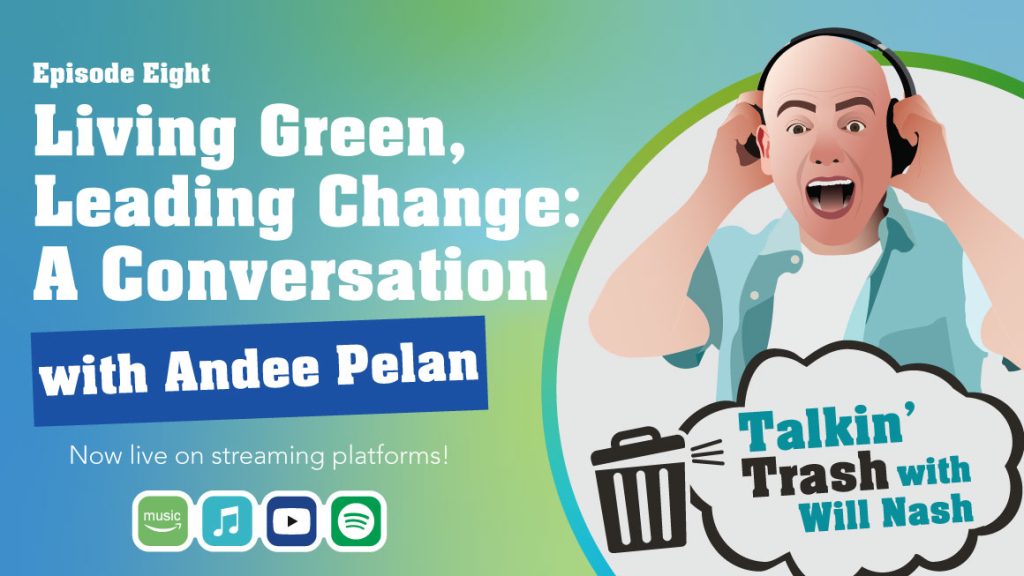We all know the basics of recycling: bottles and cans go into one bin, paper into another, and trash into the garbage. In many schools, those habits develop naturally just by seeing the signage in cafeterias and classrooms. But helping students understand why we separate materials—and how that sorting helps reduce waste—makes the difference.
Let’s explore how to engage students at different K–12 grade levels so they not only learn what to recycle, but also why it matters.
K-3: Introduce the 3 R’s
At this young age, students are very receptive as their brains are rapidly developing. They may not grasp the complex reasons behind recycling and waste reduction, but they can learn what goes where through fun classroom activities.
-
Introduce them to the “3 R’s” of recycling: Reduce-Reuse-Recycle.
-
Use creative hands-on activities: for example, making paper from scraps or repurposing yogurt containers into art projects.
-
These simple experiences build a strong foundation for later understanding.
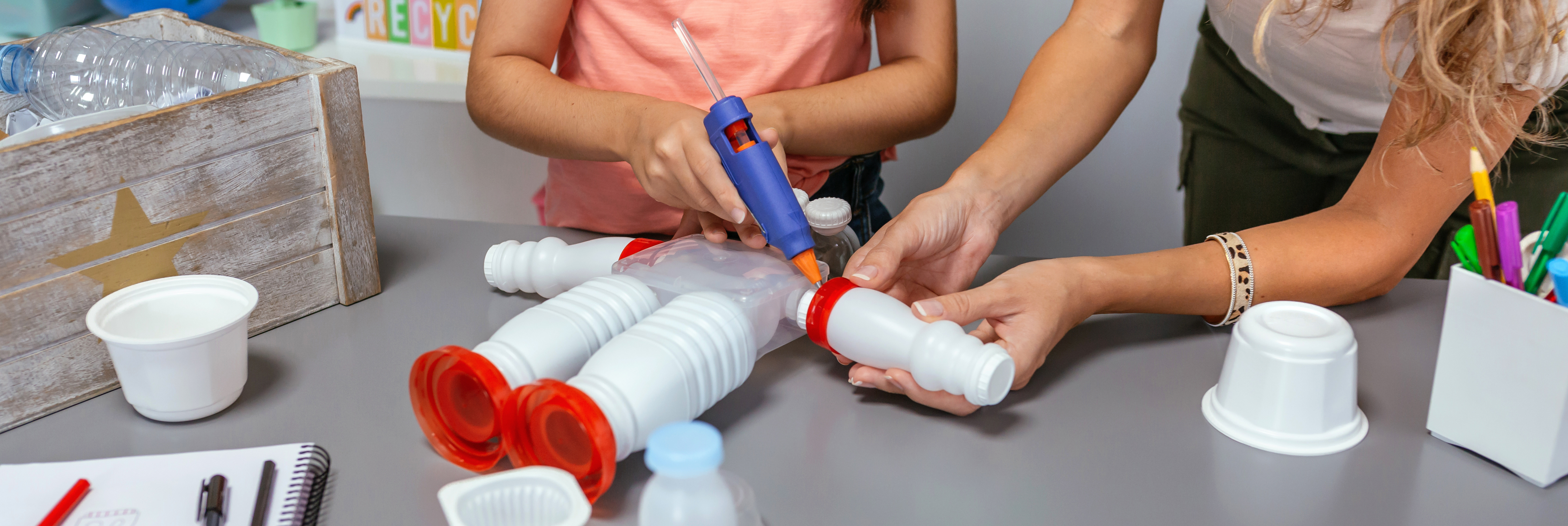
Grades 4-7: Expanding
As students get older, you can deepen the discussion and keep them engaged with new concepts:
-
Expand the 3 R’s into Refuse, Reduce, Reuse, Repair, Recycle, Rot (with “rot” meaning composting) and add a “reflect” component—encouraging them to think about their own habits.
-
Show how recycled items become new products: for instance, how plastic bottles may become new bottles, or newspapers are recycled into packaging.
-
Use visual aids and demonstrations to make these concepts more tangible.
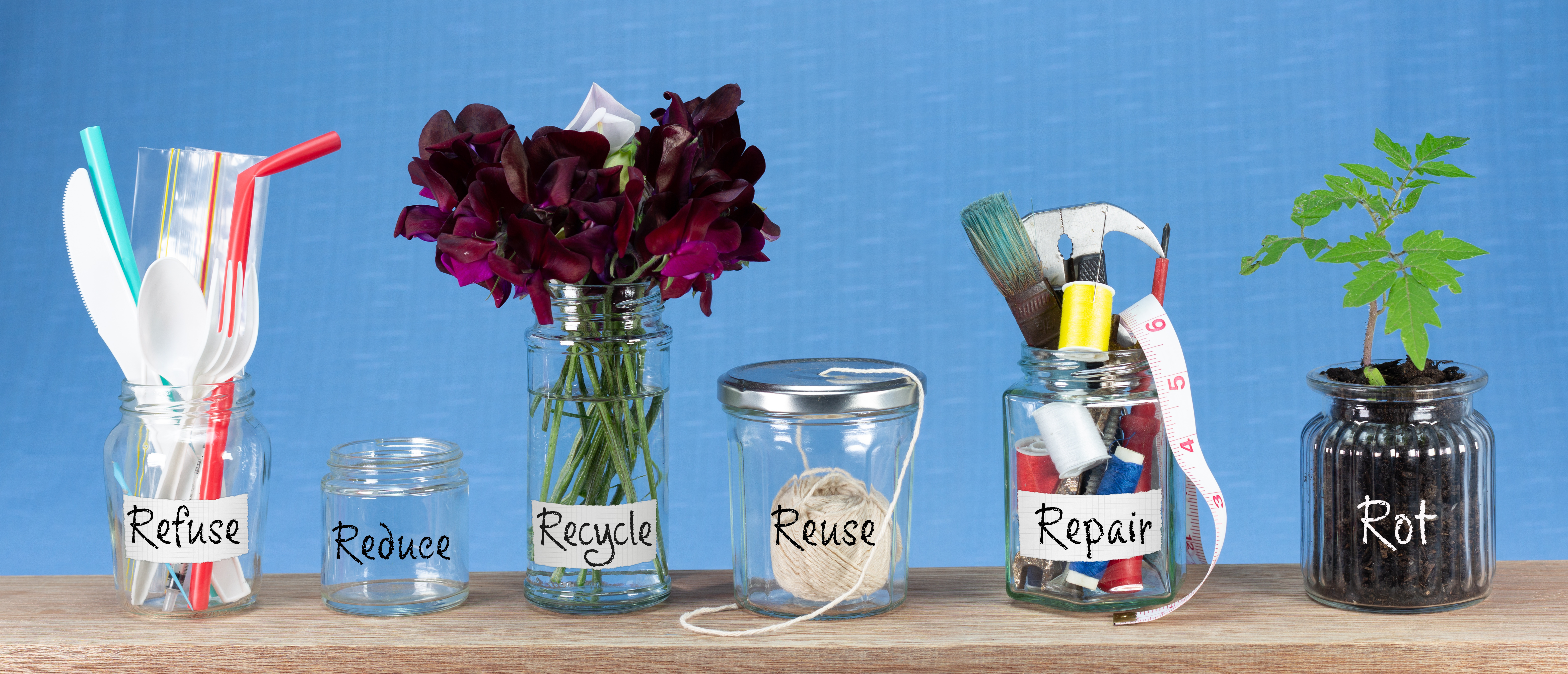
Grades 8-12: Working Together
With older students, you can shift toward more discussion, leadership, and real-world impact:
-
Create a “Green Team” of student leaders who raise awareness about recycling and manage campaigns within the school.
-
Offer hands-on projects that illustrate how waste becomes resources—for example, turning a 2-litre pop bottle into a desk planter: a simple concept that demonstrates how one item can be transformed.
-
Build a deeper understanding of how recycling and waste-management decisions affect our society and environment’s future.
The Future of Recycling
Educating students early sets them up for making conscientious choices as adults. When they learn the importance of recycling and waste reduction in a meaningful way, they carry those habits beyond the classroom and into their everyday lives.
With the right effort and tools, we can help students truly understand their role in creating a sustainable future.
For a more in-depth analysis of K-12 recycling and waste reduction, you can check out the blog written by our Senior Advisor, Alec Cooley here

***
Additional Resources
The below sources were not only used to assist in writing this blog, but they also contain further information and learning plans for K-12 setting that can be very helpful in educating on recycling and waste reduction, the procedures, and its importance.
Education Ideas to Inspire K-12 Students to Recycle
What a Waste: Trash, Recycling, and Protecting our Planet
41 Fun Recycling Activities for the Classroom – We Are Teachers
Free K-12 Lessons to Engage Students in Recycling and Waste Topics
For Educators | Recycling Simplified
Sustainable Classrooms: How to Reuse School Supplies and Save the Planet
Supporting Carton and Recycling Education in Canadian Schools | Carton Council
Key Takeaways (TL;DR)
-
Start early: Even the youngest students (K–3) can learn recycling basics through fun, hands-on activities like sorting games or crafts made from reused materials.
-
Build understanding over time: As students grow (Grades 4–7), introduce deeper ideas such as composting, product life cycles, and reflecting on personal waste habits.
-
Empower older students: In high school, encourage leadership through Green Teams, recycling drives, and creative reuse projects that connect classroom learning to real-world impact.
-
Make it meaningful: Explain why recycling matters—not just how to do it—so students develop lifelong sustainable habits.
-
Support educators: A variety of free online resources can help teachers bring recycling education into every grade level.
